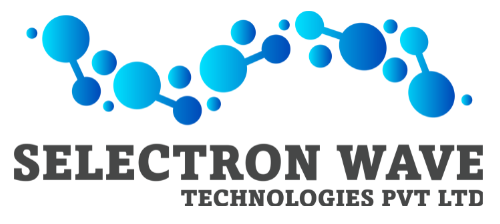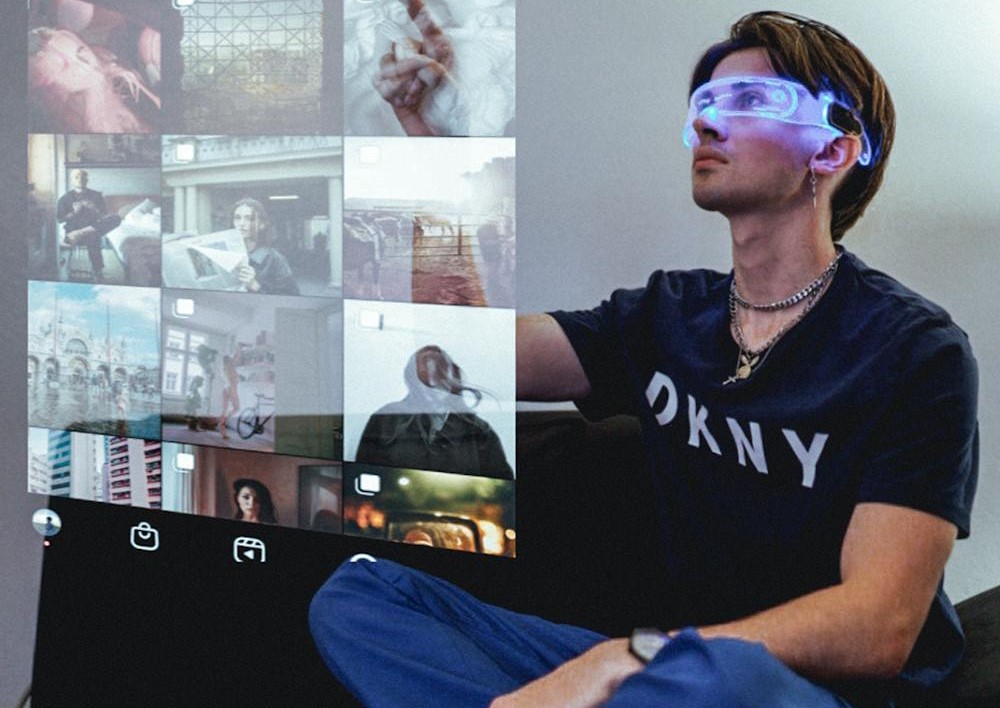Top Everyday Applications of Hologram Technology
Introduction
Hologram technology is no longer just a futuristic concept seen in science fiction movies; it’s becoming increasingly prevalent in various fields. From enhancing customer experiences to improving medical procedures, holograms are reshaping how we interact with digital information in our daily lives. Here, we explore some of the most exciting and practical applications of hologram technology in our everyday lives.
1. Retail and Advertising
Holograms are revolutionizing the retail industry by offering immersive shopping experiences. Retailers are using holographic displays to showcase products in innovative ways, allowing customers to view products in 3D without physically handling them. In advertising, holograms create captivating campaigns by projecting life-sized holograms that can interact with passersby, grabbing attention and making brand messages unforgettable.
For example:
Product Demonstrations: Customers can see how a product looks from different angles, observe how it functions, and view product features in a highly engaging way.
Interactive Ads: Holographic displays in shopping malls or outdoor areas create dynamic ads that invite interaction, enhancing customer engagement.
2. Medical and Healthcare Training
In healthcare, hologram technology plays a vital role in education and training. Holograms allow medical students and professionals to visualize and study human anatomy with unprecedented detail. They can explore 3D models of organs, bones, and tissues, which improves their understanding and enhances surgical training.
Notable applications include:
Surgical Planning: Surgeons can use holograms to simulate and plan complex procedures, increasing precision and minimizing risks.
Medical Education: Students can interact with holographic anatomy models, gaining hands-on experience without the need for cadavers.
3. Entertainment and Media
The entertainment industry has been quick to adopt hologram technology to enhance visual experiences. From concerts to movies, holograms provide a new level of immersion and realism. Iconic artists have even been “brought back to life” using holograms, allowing fans to experience live performances by musicians who have passed away.
Everyday uses in entertainment:
Concerts and Performances: Holograms allow artists to “perform” on stage, creating memorable experiences for fans.
Theaters and Movies: Holographic projections make scenes appear more realistic, allowing for new storytelling techniques and experiences.
4. Education and Training
Holograms provide an interactive, hands-on learning experience, making education more engaging and effective. By projecting lifelike 3D models, holograms help students visualize complex concepts, from science and mathematics to history and art.
Applications in this field include:
Classroom Learning: Teachers can use holographic images to illustrate concepts like molecular structures, historical events, and more.
Remote Learning: Students can attend virtual classes where holograms bring teachers and learning materials into their own homes, creating a classroom experience wherever they are.
5. Real Estate and Architecture
Holographic projections are transforming the real estate and architecture industries by allowing clients to visualize projects before they are built. Real estate agents and developers can use holograms to present floor plans and layouts in 3D, providing a more accurate representation of spaces than traditional blueprints.
Some applications are:
Virtual Property Tours: Prospective buyers can walk through a property via a holographic tour, giving them a better sense of the space and layout.
Architectural Visualization: Architects can create holographic models of their designs, allowing clients to explore and modify plans interactively.
6. Automotive Industry
The automotive industry utilizes hologram technology to improve design, manufacturing, and sales processes. Holographic displays allow engineers and designers to visualize and refine car models before they are built. Car showrooms also benefit from holograms by providing 3D visualizations of different models, features, and customization options.
Key uses include:
Design and Development: Engineers can test virtual prototypes in 3D, reducing costs and accelerating the development process.
Sales and Showrooms: Customers can view full-scale holographic displays of cars, explore interior features, and customize options.
7. Communication and Telepresence
Hologram technology enables lifelike telepresence, which is particularly valuable for remote communication. Instead of traditional video calls, holographic telepresence allows individuals to project 3D versions of themselves to interact with others, creating a sense of physical presence even when people are miles apart.
Examples of usage:
Virtual Meetings: Businesses are exploring holographic meetings to facilitate more personal and effective communication with remote team members.
Events and Conferences: Keynote speakers can “appear” as holograms at events, even if they are on the other side of the world.
8. Museums and Historical Preservation
Museums are using holograms to enhance exhibits and provide interactive experiences for visitors. Historical artifacts and artworks can be displayed as holograms, allowing visitors to view and interact with them without risking damage to delicate items.
Holograms in museums are used for:
Historical Reenactments: Holographic projections bring historical figures and events to life, providing an immersive way to experience history.
Artifact Preservation: Fragile artifacts can be recreated as holograms, allowing museums to share cultural heritage with a wider audience.
Conclusion
Hologram technology is becoming an integral part of our lives, transforming everyday activities and industries. As it continues to evolve, we can expect holograms to become even more accessible and widely used, revolutionizing everything from retail to healthcare. By enabling more immersive experiences and offering new ways to interact with information, holograms are paving the way for a future that feels straight out of a science fiction story.
Are you interested in learning more about Hologram Technology?
Please reach out to us today.




